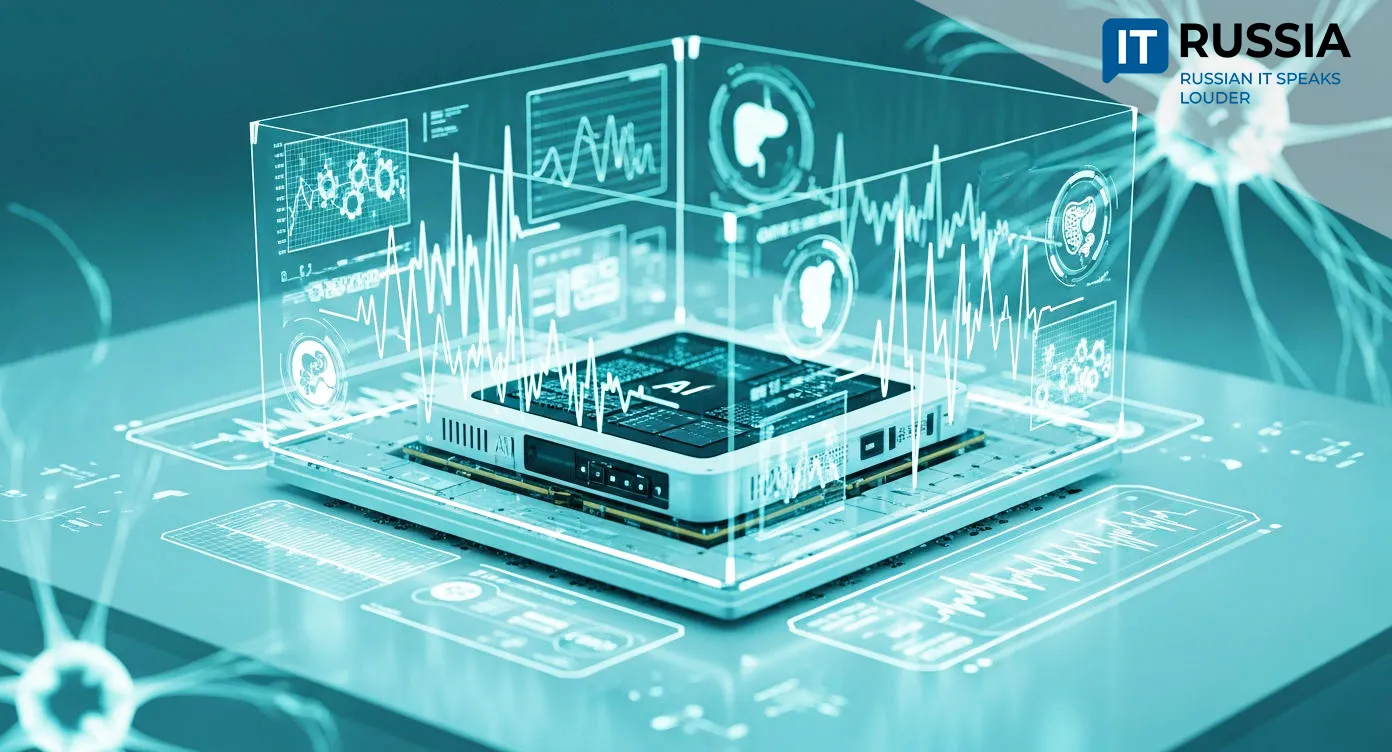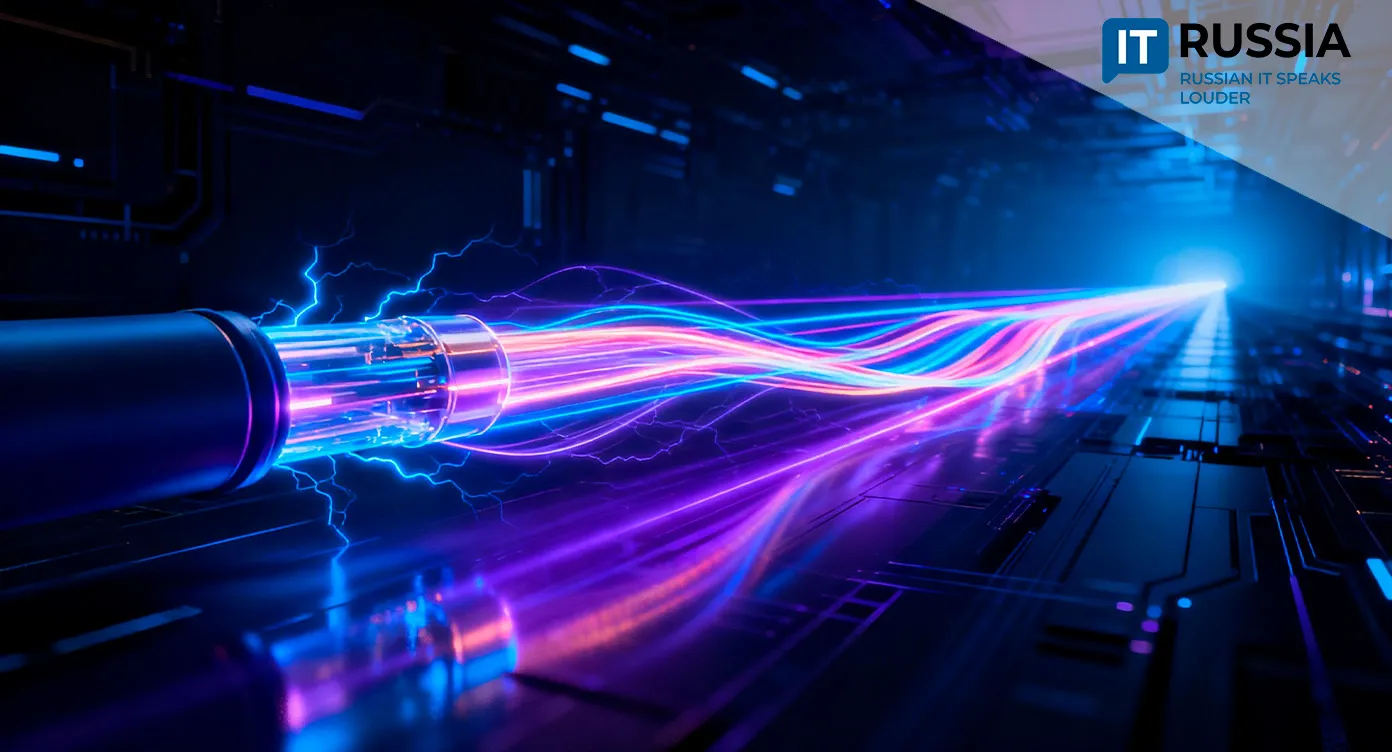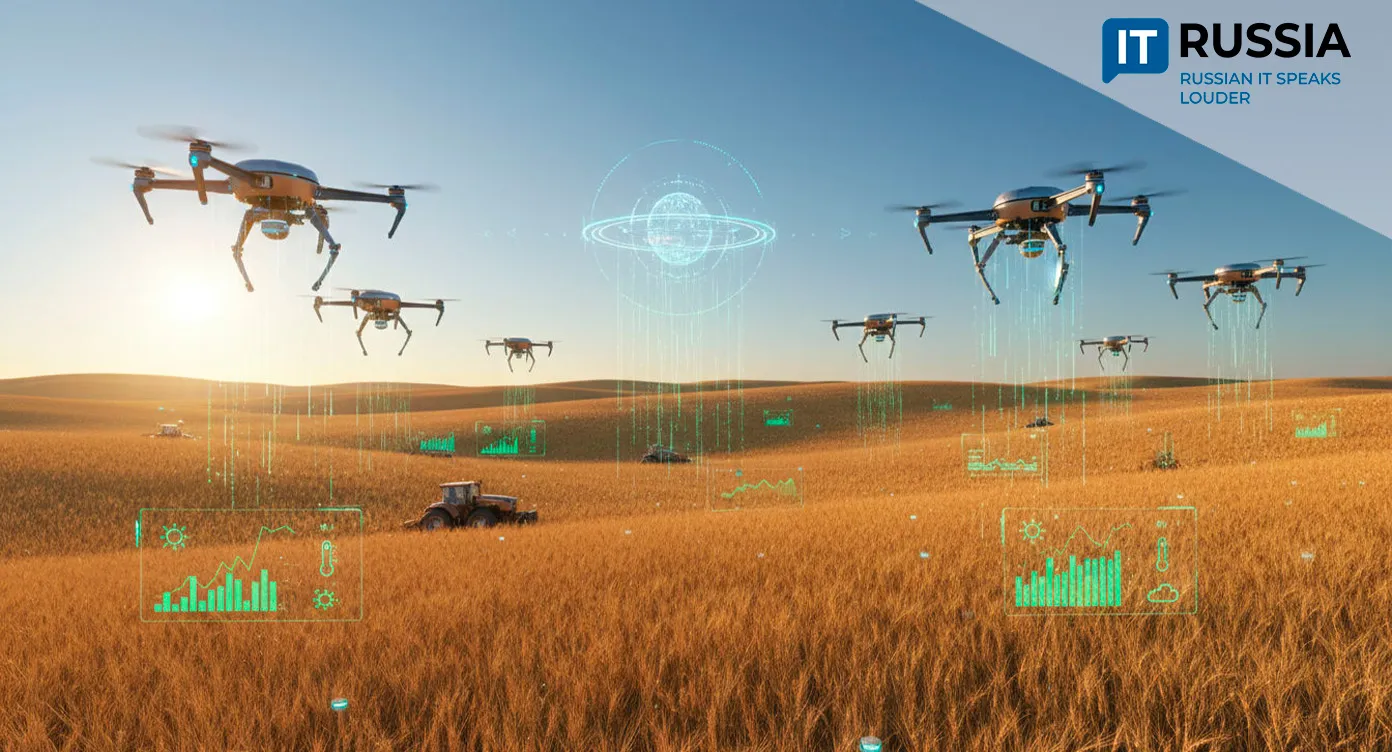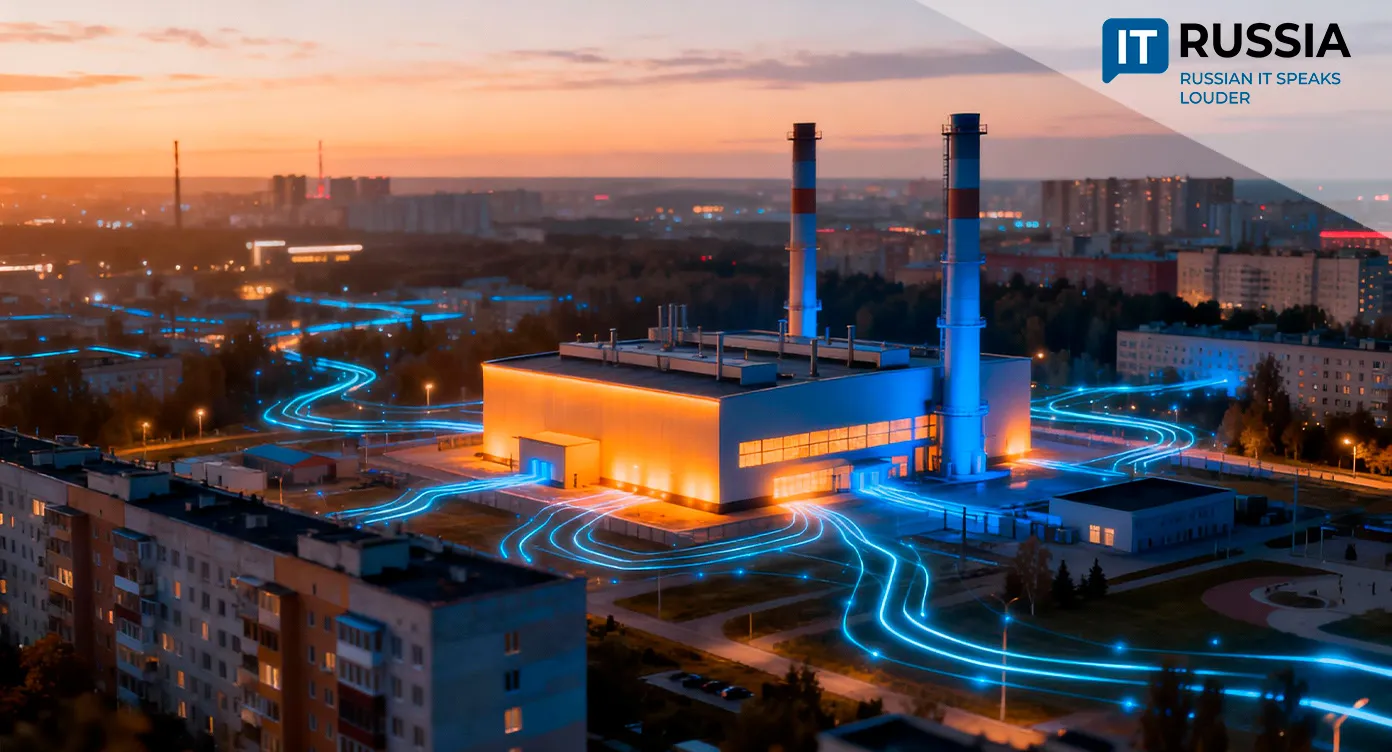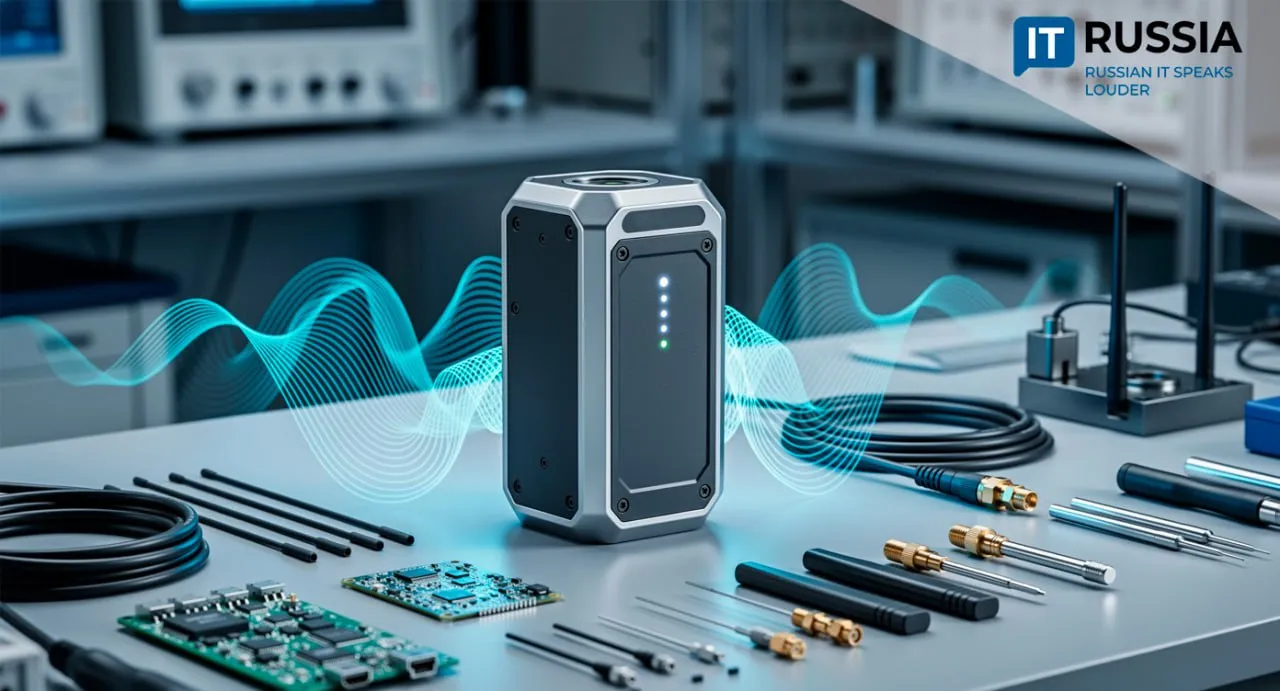Russia Lays the Foundation for a New IT Industry
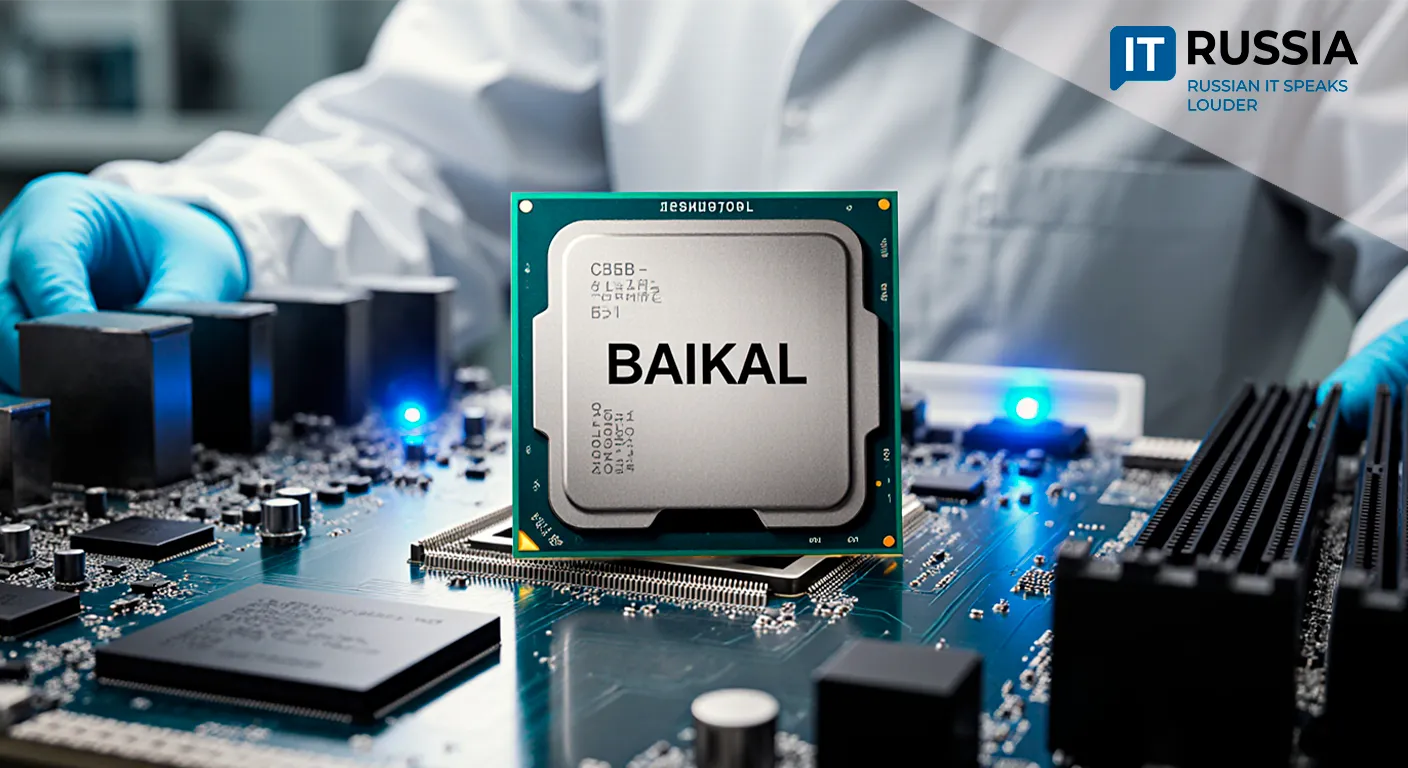
Russian company Baikal Electronics plans to deliver several tens of thousands of domestically produced Baikal-L and Baikal-M processors to customers by the end of 2025.
Breakthrough in Russian Microelectronics
The launch of mass production of Baikal processors by Baikal Electronics is more than just a technological milestone—it represents a critical breakthrough for Russia’s microelectronics industry. Supplying tens of thousands of processors signifies a transition from pilot and small-scale production to full-fledged industrial manufacturing. This shift, once thought unlikely due to sanctions and limited access to advanced technologies, signals a strategic pivot: from import dependence to technological sovereignty.
The processors preparing for mass-market entry are primarily the Baikal-M—originally introduced in 2019 as a 28nm chip, delivering performance comparable to Intel’s 7th generation Core i3 (2017). Also in development is the Baikal-L, a 12nm processor for laptops, which is expected to outperform the Baikal-M.
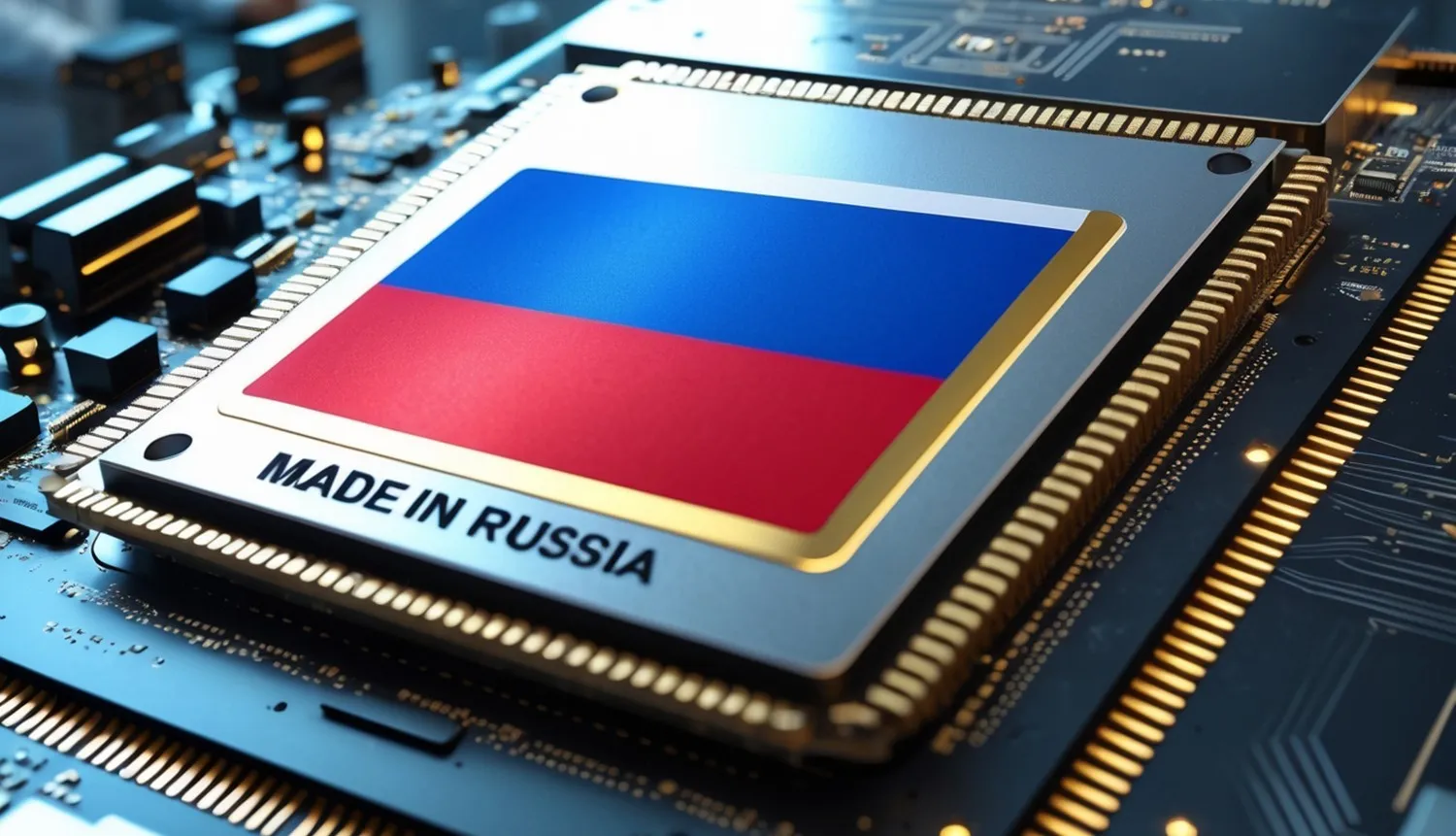
Toward Technological Autonomy
Baikal’s success could catalyze growth in adjacent industries. Stable processor production will drive domestic manufacturing of printed circuit boards, cooling systems, power supplies, and other components. This creates the foundation for Russian brands to emerge in servers, PCs, and embedded solutions—mirroring how China’s Zhaoxin builds processors for its domestic market to ensure technological independence without directly competing with Intel.
Russian manufacturers are actively developing devices to integrate Baikal processors. For example, in 2025, Kazan-based company ICL began developing a Baikal-L-powered laptop. Meanwhile, Elpitech registered a batch of motherboards using the Baikal-L processor, with current efforts focused on evaluating the level of localized production.
Expanding Technological Partnerships
While export opportunities are currently limited, they are not off the table. Baikal processors may appeal to CIS countries seeking alternatives to Western technologies or pursuing diversification strategies. Armenia, Kazakhstan, Belarus, and Kyrgyzstan are all potential markets for Baikal processors—particularly in public sector, education, and local infrastructure applications. In the long term, with improved production capacity and technical specs, Baikal could play a strategic role in technological partnerships within the EAEU and BRICS frameworks.
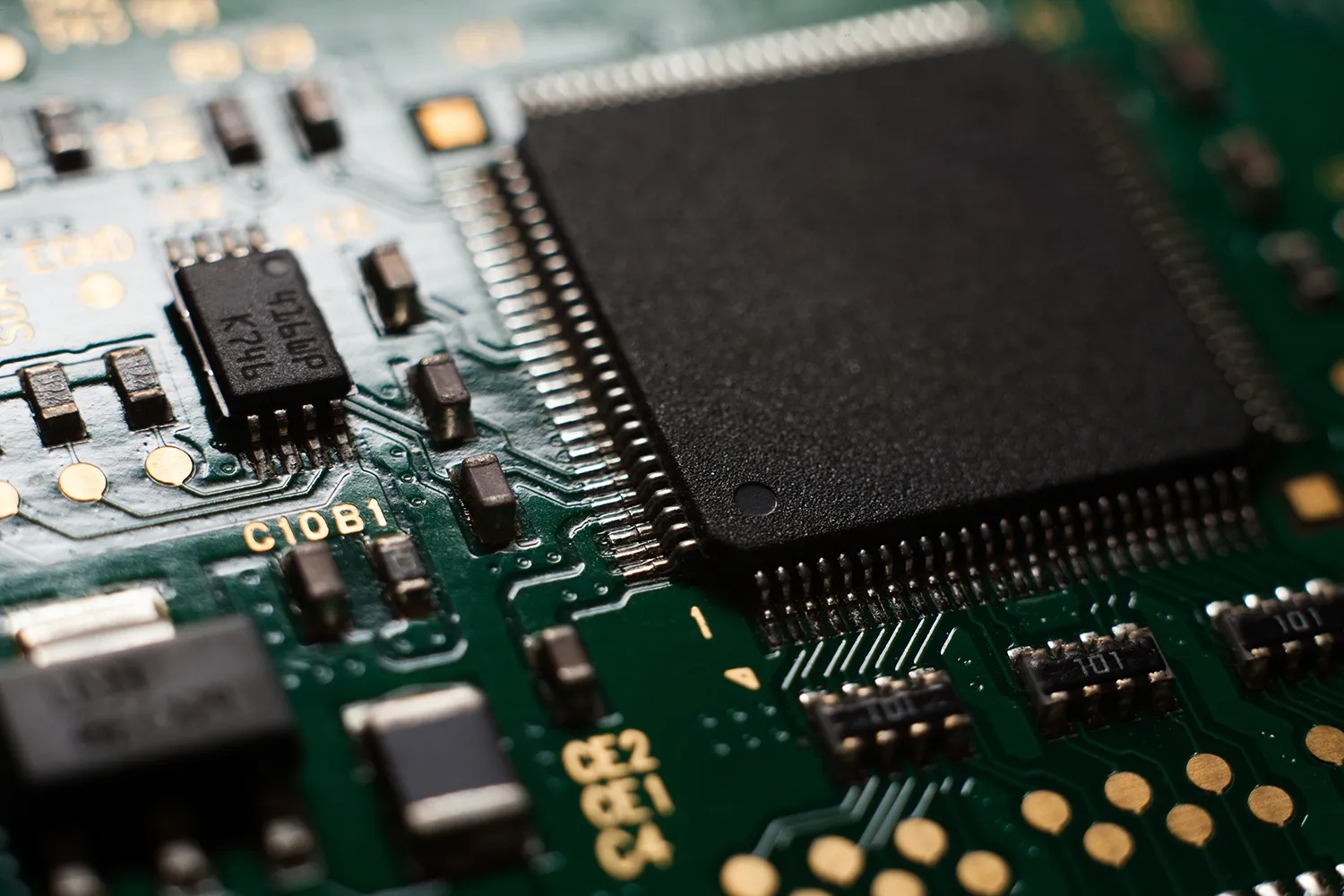
A Strategic Asset Amid Sanctions
In 2023–2024, pilot deliveries began to government institutions, alongside experimental integrations into Russian servers and embedded systems. Until now, however, these efforts remained limited in scope. The announcement of tens of thousands of units marks a leap forward: a genuine effort to meet the needs of the domestic market.
Amid tightening sanctions and restrictions on Western semiconductor supplies—from Intel and AMD to NVIDIA and Qualcomm—having an in-house, mass-produced processor is a strategic advantage. Baikal processors open the door to fully import-independent IT solutions: from government servers to industrial controllers, telecom equipment, and infrastructure control systems. Their applications span digital public service platforms, databases, security systems, and dedicated computing hardware for sectors like energy, transportation, and defense. This isn’t just about replacing foreign components—it’s about building a resilient, secure, and sovereign digital ecosystem.

National Priorities and Challenges
Still, the project faces significant hurdles—most notably, the technological lag behind global leaders. Baikal processors rely on outdated nodes (12–16nm), limiting their energy efficiency and performance compared to modern chips from AMD or Apple. Moreover, Russia currently lacks the facilities to produce chips at these advanced scales, making production a critical bottleneck despite localized design.
Even with these constraints, the launch of Baikal’s mass production proves that Russia can move beyond isolated experiments and establish a repeatable industrial cycle in microelectronics. This progress bolsters national security, mitigates the risk of supply chain disruptions, and lays the groundwork for next-gen chips—64-core CPUs, GPUs, and AI-optimized processors. Despite the challenges, domestic chip manufacturing remains one of the highest strategic priorities in Russian industry. If successful, the development of new microelectronics models could significantly enhance Russia’s technological sovereignty.












